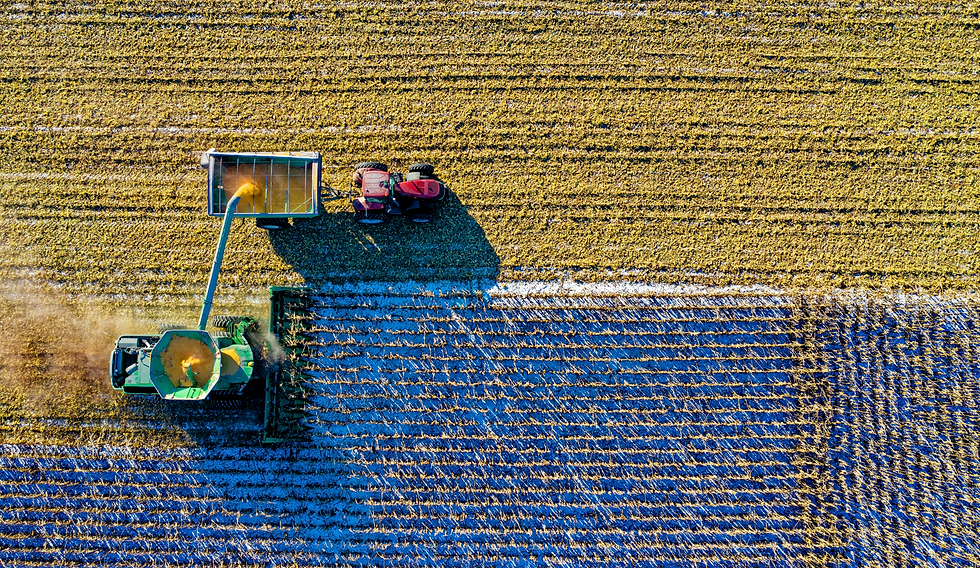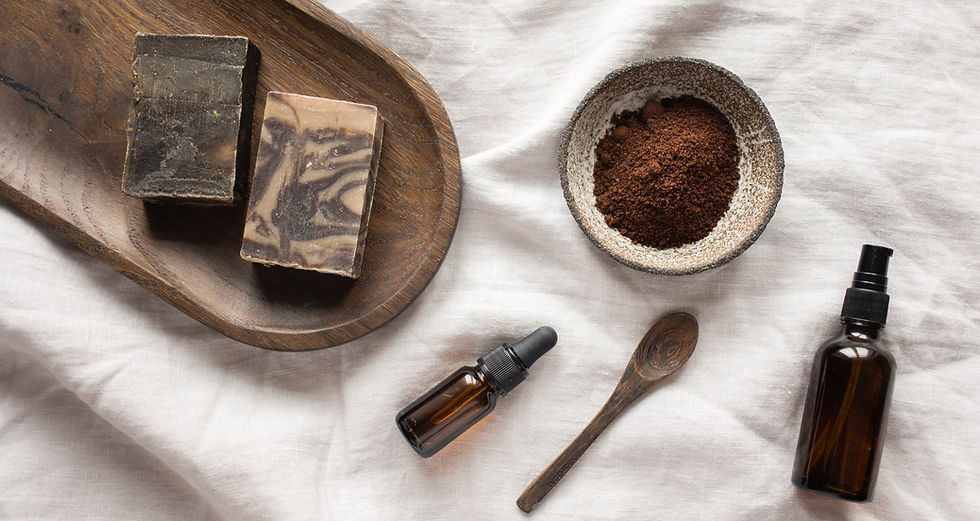The Art and Science of Purity: Impact of Extraction and Processing Methods on Cosmetic Ingredients
- LOW-KEY
- Feb 4, 2025
- 3 min read
Behind the allure of skincare and cosmetics lies a meticulous process of ingredient extraction and refinement. The methods used in these stages play a crucial role in determining the purity and effectiveness of the final formulation. In this piece, we explore the delicate interplay between the art and science of extraction, unveiling how these processes shape the integrity of cosmetic ingredients.

Extraction Methods: A Delicate Dance with Nature
Extraction is the initial step in obtaining active ingredients from botanical sources. Scientifically, the choice of extraction method plays a pivotal role in determining the purity of these cosmetic ingredients. Techniques such as steam distillation, cold pressing, and supercritical fluid extraction are employed, each with its own set of advantages and potential drawbacks.
Steam Distillation: Widely used for essential oils, steam distillation relies on steam to extract volatile compounds. Studies, including one in the Journal of Essential Oil Research, highlight its efficiency but also note variations in the composition of extracted oils.
Cold Pressing: Common for oil extraction, cold pressing involves mechanically pressing oils from seeds or fruits. Research published in the Journal of Agricultural and Food Chemistry emphasises the potential preservation of nutrient content using this method.
Supercritical Fluid Extraction: Utilising supercritical carbon dioxide, this method is known for its ability to extract a broader range of compounds. The Journal of Supercritical Fluids explores its applications, emphasising the importance of precise control for optimal results.
Processing Methods: Crafting Purity with Precision
Once extracted, cosmetic ingredients undergo various processing methods, including refining, filtration, and purification. The goal is to eliminate impurities and create a stable, effective product.
Filtration Techniques:
Filtration is a critical step to remove particulate matter and undesirable compounds. Scientific studies, including one in the International Journal of Cosmetic Science, delve into the impact of filtration on the clarity and purity of cosmetic formulations.
Purification Protocols:
Purification steps, such as chromatography, are employed to separate and isolate specific compounds. Research in the Journal of Chromatography A discusses the significance of chromatographic techniques in ensuring the purity of cosmetic ingredients.
Refining Processes:
Techniques like molecular distillation or crystallisation can be employed to remove impurities from cosmetic ingredients. Refined ingredients can undergo extensive processing like bleaching, deodorising, and high heat treatments, whereas unrefined ingredients are minimally processed, often just ground or pressed. The Journal of Cosmetic Science emphasises the role of refining in enhancing the purity of final formulations
Refined | Unrefined |
Minimally processed to retain natural nutrients, colour, and scent. | Undergoes processing for a more consistent texture, colour, and scent. |
Rich in bioactive compounds but may have a shorter shelf life. | Has a longer shelf life but may lose some beneficial nutrients. |
Texture and aroma can vary due to natural extraction. | Often preferred in formulations for stability and a neutral profile. |

Conclusion: Balancing Artistry and Precision
In the realm of cosmetics, the extraction and processing methods of ingredients form a delicate dance between artistry and scientific precision. The choices made at these crucial stages profoundly impact the purity of the final product. As consumers seek transparency and purity in their self care routines, understanding the intricacies of extraction and processing becomes paramount. By staying informed and appreciating the meticulous efforts behind each formulation, individuals can make conscious choices that align with their skincare goals. The pursuit of pure and effective cosmetic products is indeed an art guided by the precision of scientific expertise.




